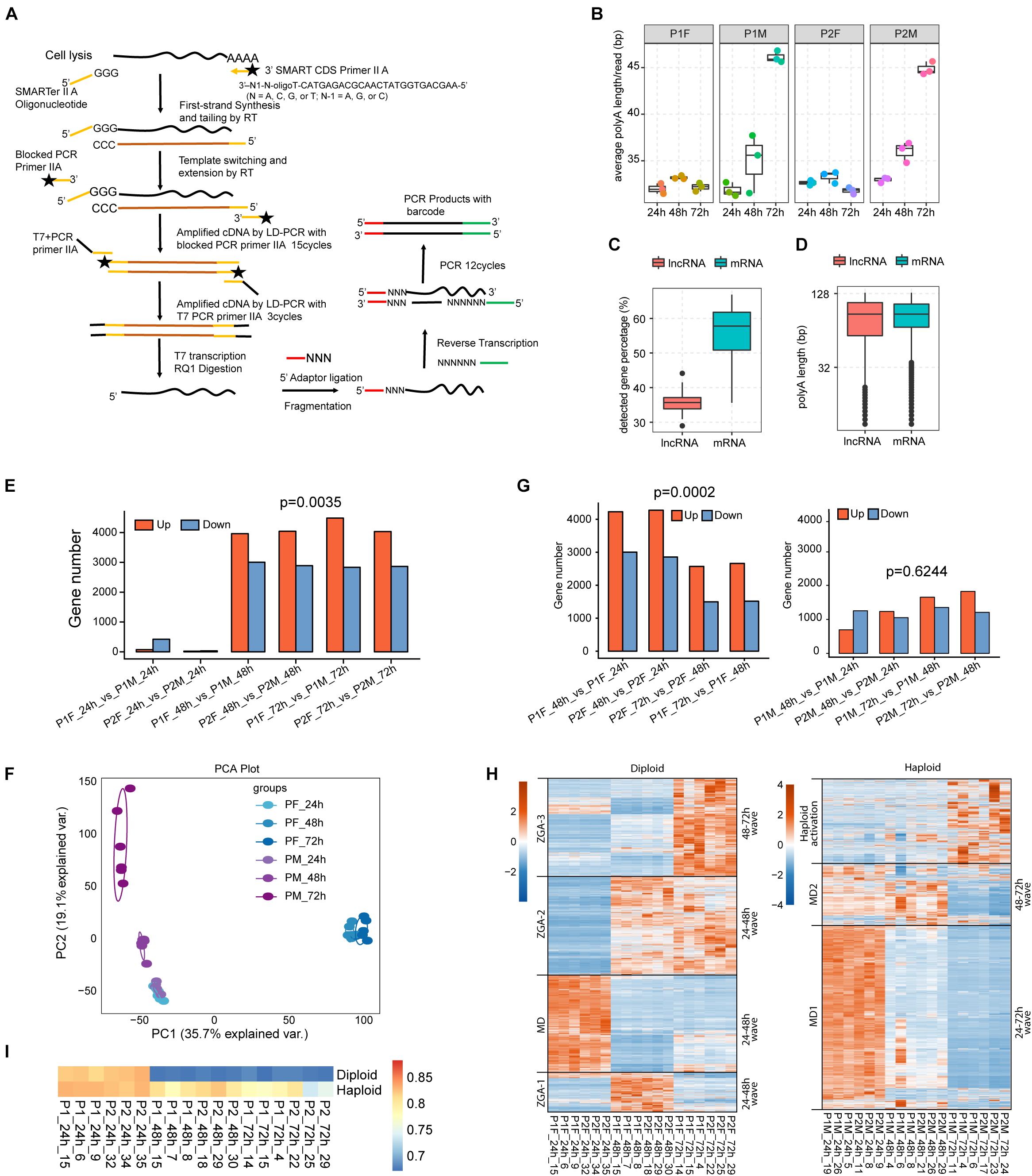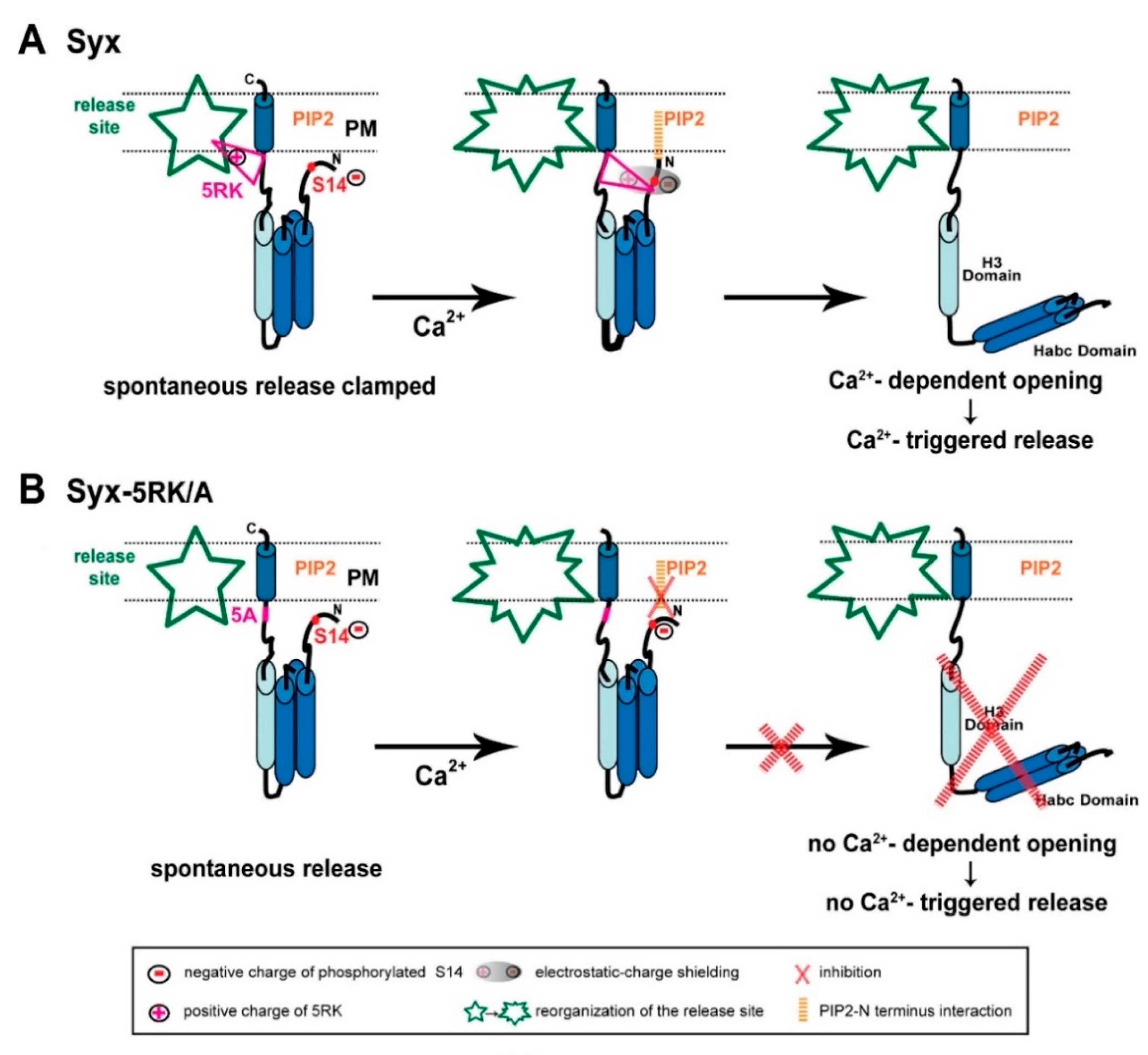
Few data bytes from beginning of the sysex command are used to recognize the meaning of a sysex in future when receiving a similar sysex again e.g. Select a received sysex data line of the receiving box and describe the meaning of the sysex data. Saves all selected sysex data lines of the receiving box into a readable and editable sysex data text file (.dmp). Saves all selected sysex data lines of the receiving box into a binary sysex data file (.syx). Resets the number of transferred data back to 0. The list box in the Receive sysex dump group contains information about incoming sysex data (one line per sysex command).ĭeletes the content of the receiving box. The number behind the name tells the number of bytes sent. The number behind the name tells the number of bytes received.ĭisplays the current selected MIDI output device name. Hint: key combination Alt+X opens this dialog.ĭisplays the current selected MIDI input device name. It has comfortable features like describing a MIDI sysex command or assign a sysex command (or sysex file) to a button to quickly send the data by a click. This dialog is used for sending and receiving sysex data dumps between computer and external MIDI devices (keyboard, sound modules. Then i use a python script for decoding that information based in the layer the tile is, tile number (different ranges mean different things) and the special/customized attributes associated to it. Īnd if you need "special" settings for a limit number of tiles (special enemies or bonus things), you can define an object layer, add the objects (using the "Insert Tile" toolbar icon) and then set your custom attributes.

), other for bonus objects/special events (hidden bonus as Turrican or First Samurai and those tiles looks like monocolour icons for seeing easily and not overload too much the design), other for enemies starting points. I have a tileset for the background tiles, other for the background collision map (five or six bi-colour tiles where you set how much you can go through them and you can extend/abuse this idea for marking groups of mono-colour tiles that shared a flag, and you can see immediately that that pink stuff are tiles sharing a feature XXX and those green ones share a feature YYY. In my actual project, i am abusing the feature that you can have an unlimited number of layers (and remember that you can set the transparency of the layers and which ones are visible) and tilesets. If you need that feature, i can only recommend that you should suggest it to Bjorn, he is a sensible person and will implement any good idea. I always wondered how other projects cope with that limitation.

I use the tiled editor as well, but I miss one feature: Marking blocks with flags! I know you can set attributes, but they cannot be visualized in the map or in the blockset.


 0 kommentar(er)
0 kommentar(er)
